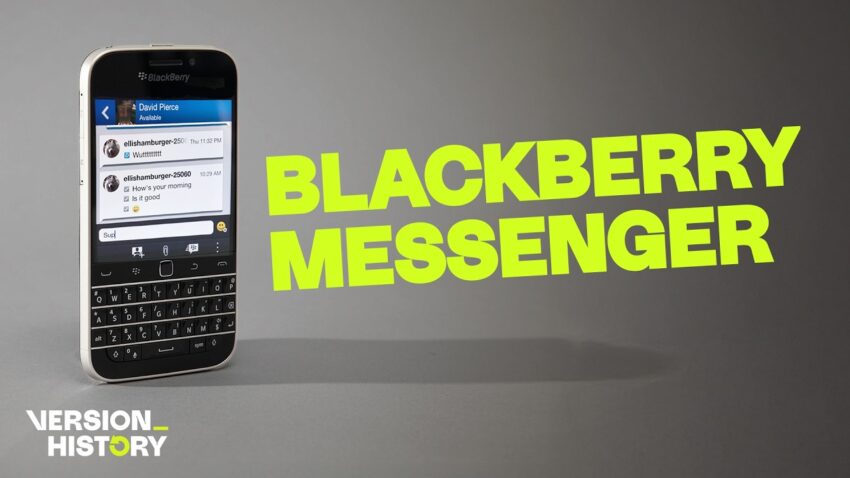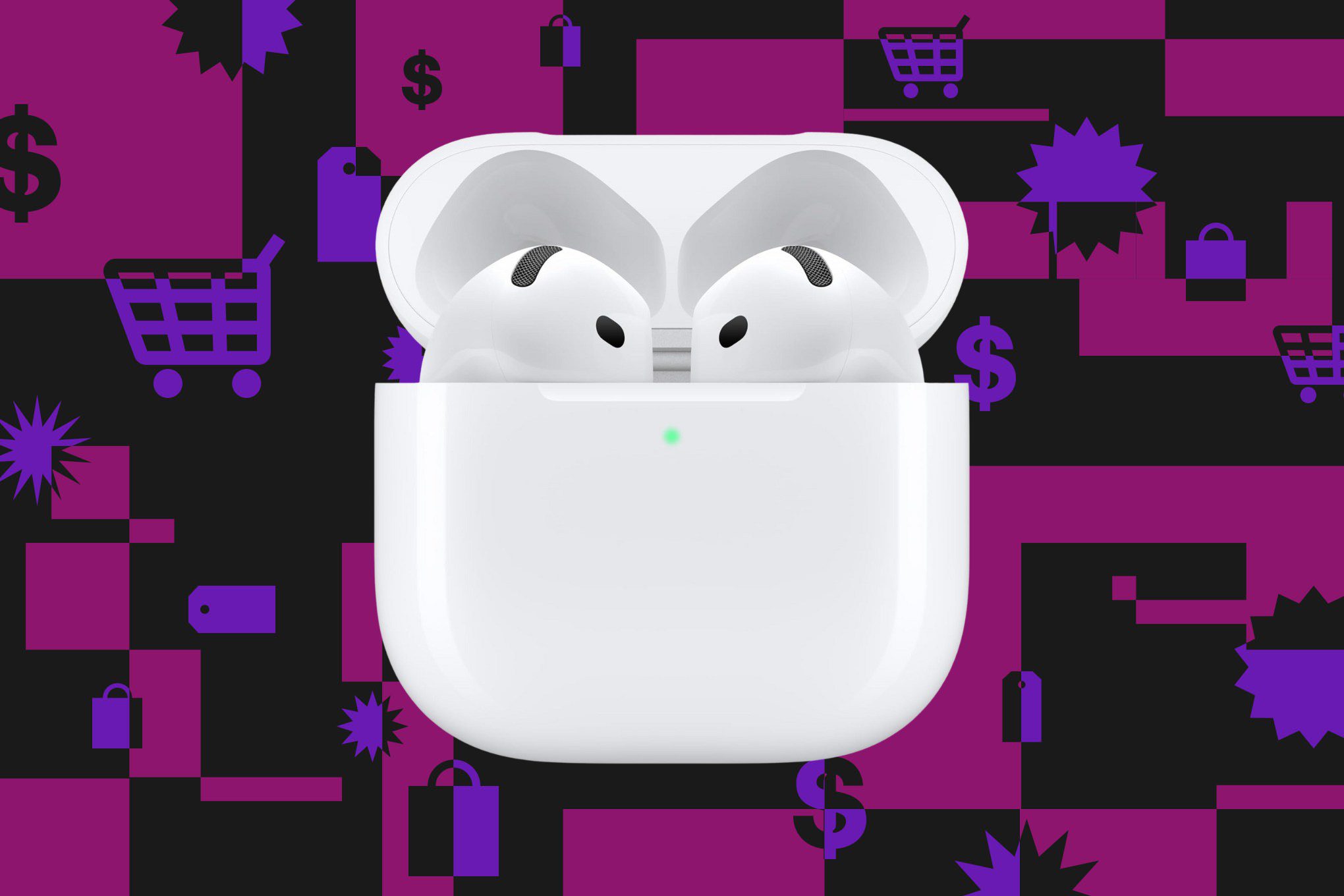
how blackberry messenger set texting free BlackBerry Messenger (BBM) revolutionized the way we communicate, paving the way for modern messaging apps and changing the landscape of text messaging forever.
how blackberry messenger set texting free
The Text Messaging Landscape Before BBM
Two decades ago, the world of text messaging was vastly different from what we experience today. Text messages were often charged at a staggering rate of 10 cents each, a significant expense for many users. This pricing structure created a culture of caution around texting, where every message sent was weighed against its cost. Families, particularly those with teenagers who quickly mastered T9 typing, felt the financial strain of these charges. As a result, users were often reluctant to rely heavily on text messaging as a primary means of communication.
During this period, mobile phone plans were primarily measured in minutes of talk time rather than data usage. The advent of 3G technology brought faster internet speeds, but the cost of sending text messages remained a barrier to widespread adoption. Wireless carriers profited immensely from this model, as text messaging became a lucrative business. The limitations imposed by these costs meant that many users were hesitant to engage in lengthy conversations via text, often resorting to voice calls instead.
The Emergence of BlackBerry
As the mobile phone industry began to evolve, BlackBerry emerged as a dominant player. Founded in 1984, the company initially focused on developing wireless communication technology. By the early 2000s, BlackBerry had gained a reputation for its secure email services and business-oriented devices. The BlackBerry smartphone, with its physical keyboard and robust security features, became a favorite among professionals and corporate users.
However, BlackBerry recognized that the future of communication was shifting. The company sought to innovate beyond email and voice calls, leading to the development of BlackBerry Messenger. Launched in 2005, BBM was designed to facilitate instant messaging between BlackBerry users. It offered a seamless, real-time communication experience that was not only faster than traditional SMS but also free of charge, as it utilized the internet rather than the carrier’s SMS service.
How BBM Changed the Game
BBM’s introduction marked a significant turning point in the mobile communication landscape. By cutting out the carriers, BlackBerry effectively eliminated the costs associated with sending text messages. This move not only appealed to budget-conscious consumers but also attracted a growing number of users who were eager for a more efficient way to communicate.
Features of BBM
BBM introduced several features that set it apart from traditional SMS:
- Real-time Messaging: Messages were delivered instantly, allowing for fluid conversations.
- Read Receipts: Users could see when their messages were read, creating a more interactive experience.
- Group Chats: BBM allowed users to create group chats, facilitating communication among multiple people simultaneously.
- File Sharing: Users could send photos, voice notes, and other files directly through the app, enhancing its functionality.
These features not only made BBM a popular choice among BlackBerry users but also set a new standard for messaging applications. The app’s success demonstrated that users were ready for a more dynamic and cost-effective way to communicate.
The Impact of BBM on the Industry
BBM’s success had far-reaching implications for the telecommunications industry. As more users flocked to the platform, carriers began to feel the pressure of declining SMS revenues. The rise of BBM signaled a shift in consumer behavior, as users increasingly preferred instant messaging over traditional text messaging. This trend prompted other tech companies to explore similar solutions.
The Birth of Competitors
In the wake of BBM’s success, several competitors emerged, each seeking to capitalize on the growing demand for instant messaging. WhatsApp, launched in 2009, quickly gained traction by offering a similar service that allowed users to send messages, photos, and videos without incurring SMS charges. Telegram followed suit, introducing features such as encrypted messaging and cloud-based storage.
Apple also entered the fray with iMessage, which allowed iPhone users to send messages over Wi-Fi or cellular data, further diminishing the relevance of traditional SMS. These platforms not only built upon the foundation laid by BBM but also introduced new features that catered to evolving user needs.
The Decline of BlackBerry
Despite its groundbreaking innovations, BlackBerry struggled to maintain its market position in the face of fierce competition. As smartphone technology advanced, the company faced challenges in adapting to the rapidly changing landscape. The rise of iOS and Android devices, which offered a plethora of apps and features, diminished BlackBerry’s appeal.
By the mid-2010s, BlackBerry’s market share had significantly declined, and the company shifted its focus from hardware to software and services. BBM, once a flagship feature, was eventually discontinued for consumer use in 2019. While the app had played a crucial role in shaping the messaging landscape, it could not withstand the competitive pressures of the evolving market.
The Legacy of BBM
Although BBM is no longer in widespread use, its impact on communication is undeniable. The app not only changed the way people interacted but also set the stage for the messaging apps we rely on today. The features introduced by BBM, such as read receipts and group chats, have become standard in modern messaging platforms.
Moreover, BBM’s success demonstrated the potential for internet-based communication to disrupt traditional telecommunications models. The shift away from SMS has led to a re-evaluation of how carriers structure their pricing and services, with many now offering unlimited texting and data plans to remain competitive.
Stakeholder Reactions
The rise and fall of BBM elicited a range of reactions from stakeholders across the industry. Wireless carriers, initially threatened by the app’s success, began to adapt their business models in response to changing consumer preferences. Many carriers introduced unlimited texting plans and sought to enhance their data offerings to retain customers.
Tech companies that entered the messaging space were quick to recognize the potential for growth. WhatsApp and Telegram, for instance, capitalized on the demand for free messaging services, attracting millions of users worldwide. The success of these platforms further validated the shift away from traditional SMS and highlighted the importance of innovation in the tech industry.
Conclusion
BlackBerry Messenger was a pioneering force in the evolution of mobile communication. By cutting out carriers and offering a free, efficient messaging solution, BBM transformed the way people interacted. While the app may no longer be in use, its legacy lives on in the messaging platforms we use today. The impact of BBM serves as a reminder of the power of innovation and the importance of adapting to changing consumer needs in the fast-paced world of technology.
Source: Original report
Was this helpful?
Last Modified: October 12, 2025 at 6:37 pm
1 views















